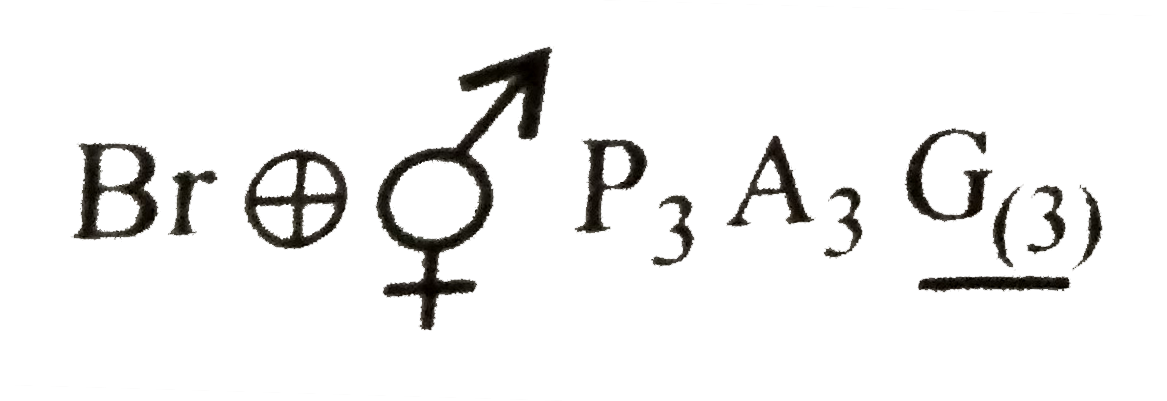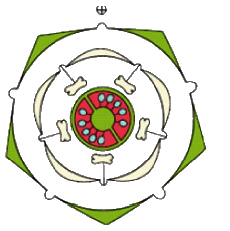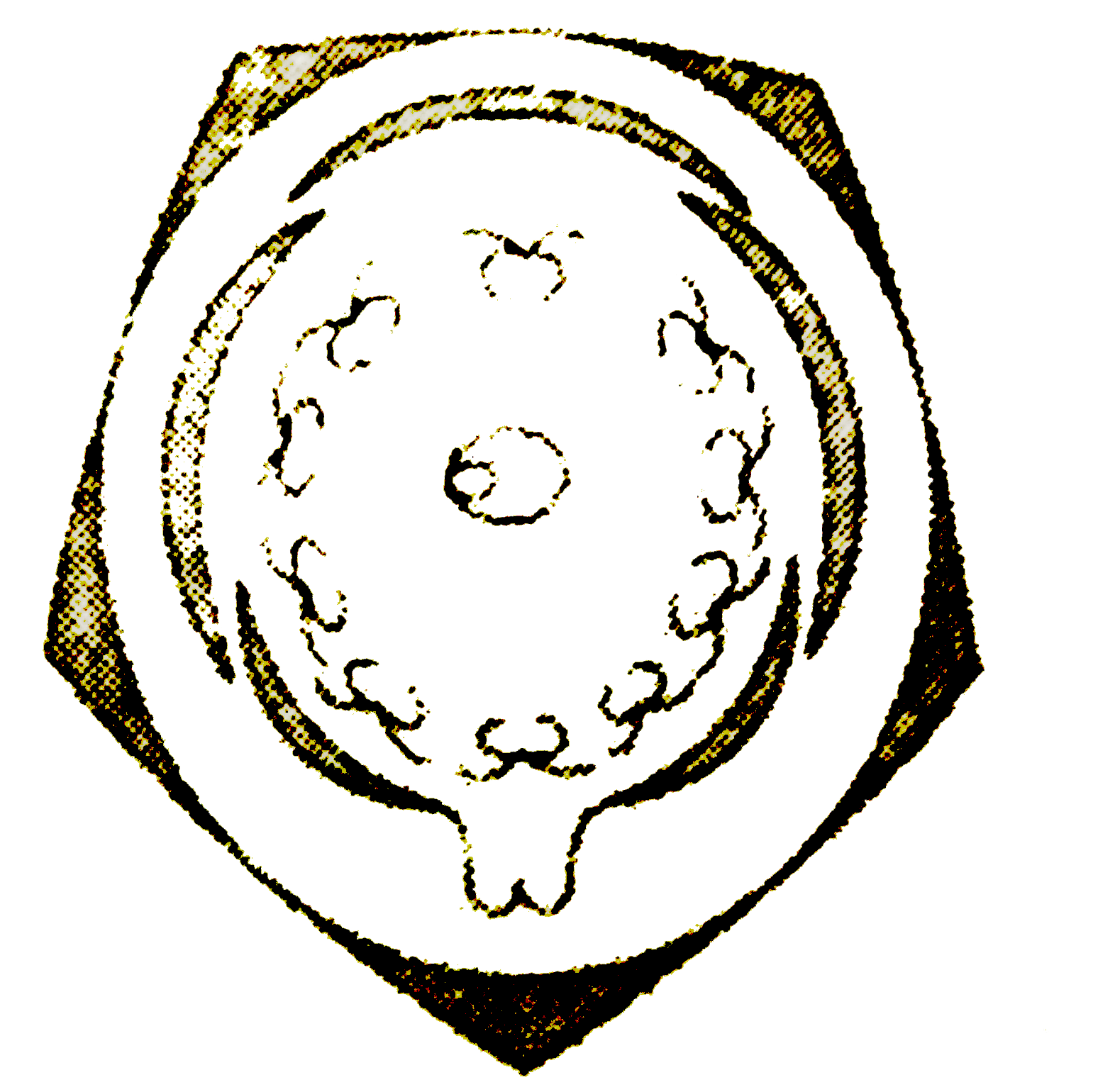To which family following floral formula is related?
Floral Formula :
Fabaceae
Solanaceae
Liliaceae
Cruciferae
The correct Answer is:C
To determine the family related to the given floral formula ⊕O+−K3+3A3+3G−(3), we can analyze the components of the floral formula step by step.
1. Identify the Components:
- The floral formula consists of different symbols representing the floral parts:
- ⊕ indicates that the flower is bisexual.
- O− indicates that the flower has a perianth (fused sepals and petals).
- K3+3 indicates that there are 3 sepals and 3 petals, which are fused.
- A3+3 indicates that there are 3 stamens and 3 stamens, which are also fused.
- G indicates the gynoecium, which is tricarpillary and syncarpous (the carpels are fused).
2. Determine the Type of Flower:
- The presence of O− suggests that the flower has a perianth, meaning that the sepals and petals are fused together. This is a key characteristic of certain families.
3. Analyze the Gynoecium:
- The notation G with an underline indicates that the ovary is superior. This is another important characteristic to consider when identifying the family.
4. Compare with Known Families:
- Liliaceae Family: In this family, flowers typically have a fused perianth, and the arrangement of the floral parts matches the given formula. The presence of a superior ovary also aligns with this family.
- Fabaceae Family: Flowers in this family are zygomorphic (bilaterally symmetrical), which does not match the actinomorphic nature indicated in the formula.
- Solanaceae Family: Although flowers are actinomorphic and bisexual, they do not typically exhibit a fused perianth.
- Cruciferae Family: This family also does not match the characteristics of the given floral formula.
5. Conclusion:
- Based on the analysis, the floral formula ⊕O+−K3+3A3+3G−(3) is related to the Liliaceae family.
Final Answer:
The floral formula is related to the Liliaceae family.
- The floral formula consists of different symbols representing the floral parts:
- ⊕ indicates that the flower is bisexual.
- O− indicates that the flower has a perianth (fused sepals and petals).
- K3+3 indicates that there are 3 sepals and 3 petals, which are fused.
- A3+3 indicates that there are 3 stamens and 3 stamens, which are also fused.
- G indicates the gynoecium, which is tricarpillary and syncarpous (the carpels are fused).
- The presence of O− suggests that the flower has a perianth, meaning that the sepals and petals are fused together. This is a key characteristic of certain families.
- The notation G with an underline indicates that the ovary is superior. This is another important characteristic to consider when identifying the family.
- Liliaceae Family: In this family, flowers typically have a fused perianth, and the arrangement of the floral parts matches the given formula. The presence of a superior ovary also aligns with this family.
- Fabaceae Family: Flowers in this family are zygomorphic (bilaterally symmetrical), which does not match the actinomorphic nature indicated in the formula.
- Solanaceae Family: Although flowers are actinomorphic and bisexual, they do not typically exhibit a fused perianth.
- Cruciferae Family: This family also does not match the characteristics of the given floral formula.
- Based on the analysis, the floral formula ⊕O+−K3+3A3+3G−(3) is related to the Liliaceae family.
The floral formula is related to the Liliaceae family.
Similar Questions
Knowledge Check
- Question 1 - Select One
which of the following floral formulae corresponds to Family Liliaceae ?
A B
B C
C D
D
- Question 2 - Select One
Name the family to which the following floral formula belongs.
 ASolanaceaeBLiliaceaeCBrassicaceaeDFabaceae
ASolanaceaeBLiliaceaeCBrassicaceaeDFabaceae - Question 3 - Select One
In the floral formula, ⊕ stands for
AActinomorphicBSuperior ovaryCBisexualDZygomorphic.
Which plant family represent the following floral formula :
 View Solution
View SolutionWhich fo the following set of families depict the give floral formulas
 View Solution
View Solution floral formula belongs to which family :-View Solution
floral formula belongs to which family :-View SolutionWhich of the following is the correct floral formula of Liliaceae
View SolutionWhich of the following is the correct floral formula of Liliaceae
View Solution



